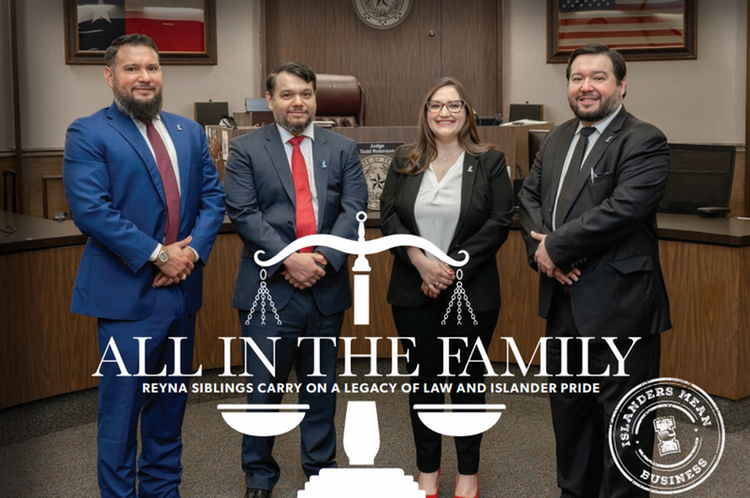Two University Researchers Receive National Science Foundation Grant Funding
CORPUS CHRISTI, Texas – Top-tier research is comprised of two components: brilliant scientists who have the drive to better the world and the invaluable equipment that allows them to do so. Texas A&M University-Corpus Christi has no shortage of inspired researchers who added two new state-of-the-art instruments to their toolbox.
Dr. Jeremy Conkle, assistant professor of chemistry in the Department of Physical and Environmental Science, and Dr. Ajay Katangur, associate professor in the Department of Computing Sciences, recently earned two National Science Foundation (NSF) Major Research Instrumentation (MRI) grants, totaling $739,798. Applications from universities that work toward the betterment of minority groups, such as Hispanic Serving Institutions like Texas A&M-Corpus Christi, received special attention.
Conkle submitted his grant application for a GC Triple Quadruple Mass Spectrometer (GC-MS/MS) knowing that this piece of equipment would lead to broader research opportunities on the Island and beyond. The GC-MS/MS will provide state-of-the-art capabilities that are essential to the future of the University’s environmental research and will also be incorporated into existing courses such as organic geochemistry, spectroscopy, and environmental sciences. Along with the direct impact this instrument will have on A&M-Corpus Christi students, five of the University’s direct research partners – Texas A&M University-Kingsville, the University of Texas Rio Grande Valley, Texas A&M University-San Antonio, and Texas State University – will also benefit.
“This instrument will enable researchers at the Island campus and those within our region to explore new areas of research that were not previously possible in South Texas,” said Conkle. “This instrument, paired with other recent instrumentation acquisitions, has established the University as a leader in environmental research capabilities across the Gulf of Mexico.”
Similarly, Katangur, who understands the resources faculty and students need at an expanding research institution, will implement the Island Science and Engineering Research Cloud (ISERC). With ISERC, researchers at the Island University will have access to high capacity computing resources for both processing and analyzing data. Katangur hopes this will lead to an expansion of research in a diverse array of fields, including machine learning, geospatial analysis, genomics, environmental monitoring, and more.
“ISERC will be able to handle a wide variety of services simultaneously, including ones for real-time, computer-bound, and data-intensive applications,” said Katangur. “It will propel the generation of knowledge in our academic community and provide research opportunities to enable follow-up projects, including multi-institutional and cross-disciplinary collaborations.”
Both grants were a team effort. Conkle received help from Co-Principle Investigators (Co-PI) Dr. Hussain Abdulla, assistant professor of chemistry, Dr. David Felix, assistant professor of environmental chemistry, Dr. Brandi Reese, assistant professor of microbial ecology, and Dr. Lin Zhang, assistant professor in the Department of Physical and Environmental Sciences. Katangur received help from Co-PIs Dr. Jinha Jung, assistant professor of engineering, Dr. Dulal Kar, professor of computer science, Dr. Scott King, associate professor and chair of computing sciences, and Dr. Michael Starek, associate professor of geospatial systems engineering.
This isn’t the first time Island University faculty have received an NSF MRI grant. The University has received multiple NSF MRI grants over the past several years, such as in 2016 when Dr. Abdulla Hussain, assistant professor of chemistry, received $681,415 for an Orbitrap Hybrid Mass Spectrometry, or what he calls the “crowning jewel” of the Analytical Core Faculty Lab. Both Conkle and Katangur are excited to see the impact these new tools will have on the University and believe A&M-Corpus Christi students have a lot to look forward to in the near future.
